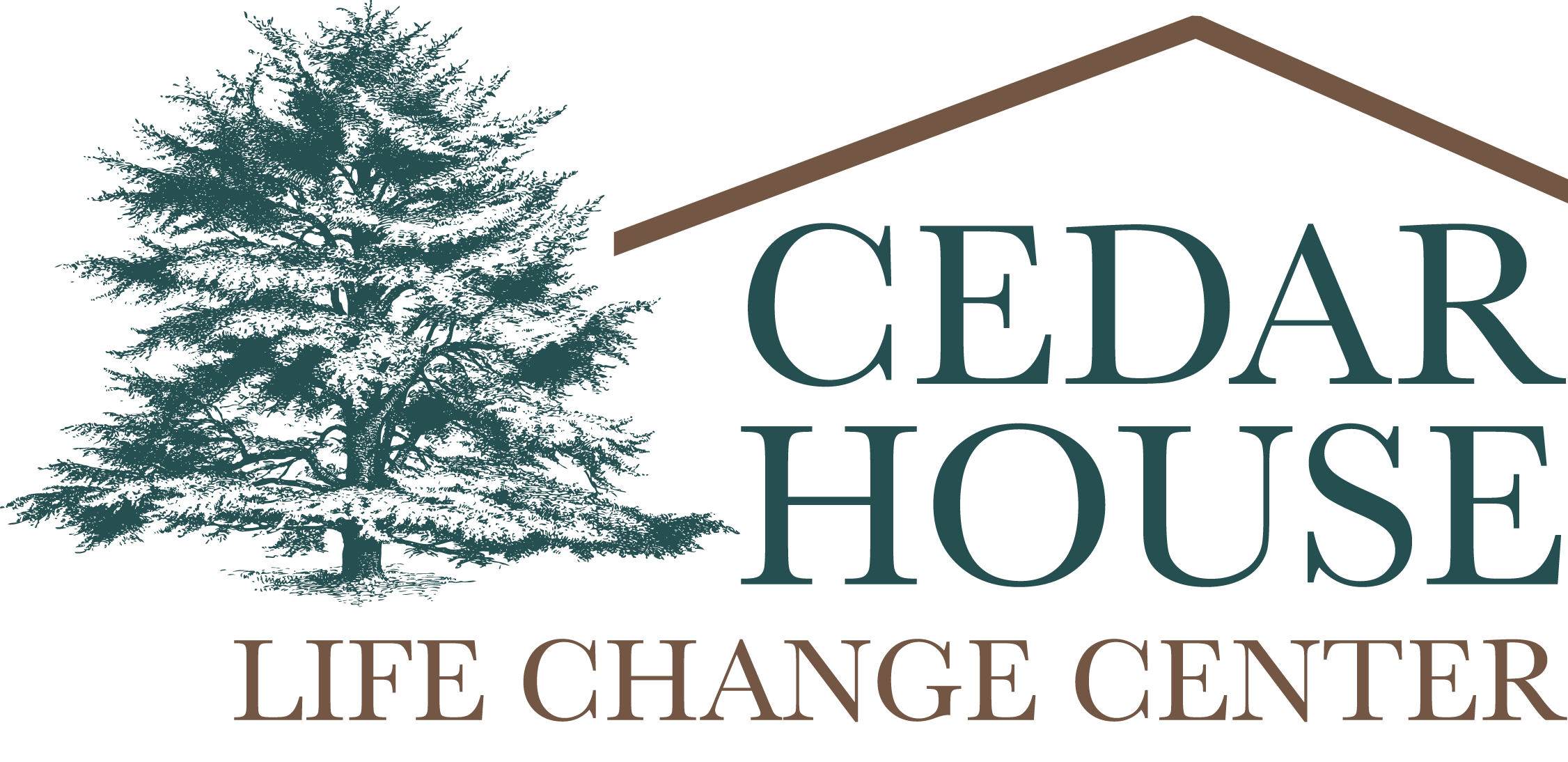Cedar House incorporates various evidence-based treatment approaches to design structured plans for clients seeking recovery from substance use disorders. One of those approaches is an integrative addiction treatment method called the Matrix Model that incorporates psychological orientations and therapeutic styles. Used in our outpatient treatment program, this model integrates cognitive behavioral therapy, family education, and motivational interviewing to help individuals struggling with drug or alcohol addiction. Research shows its effectiveness in enhancing client consistency and extending recovery for a wide range of substance use issues, and many organizations, including the National Institute on Drug Abuse, endorse the Matrix Model method due to its proven success. Let’s review the early recovery skills in this approach to recovery:
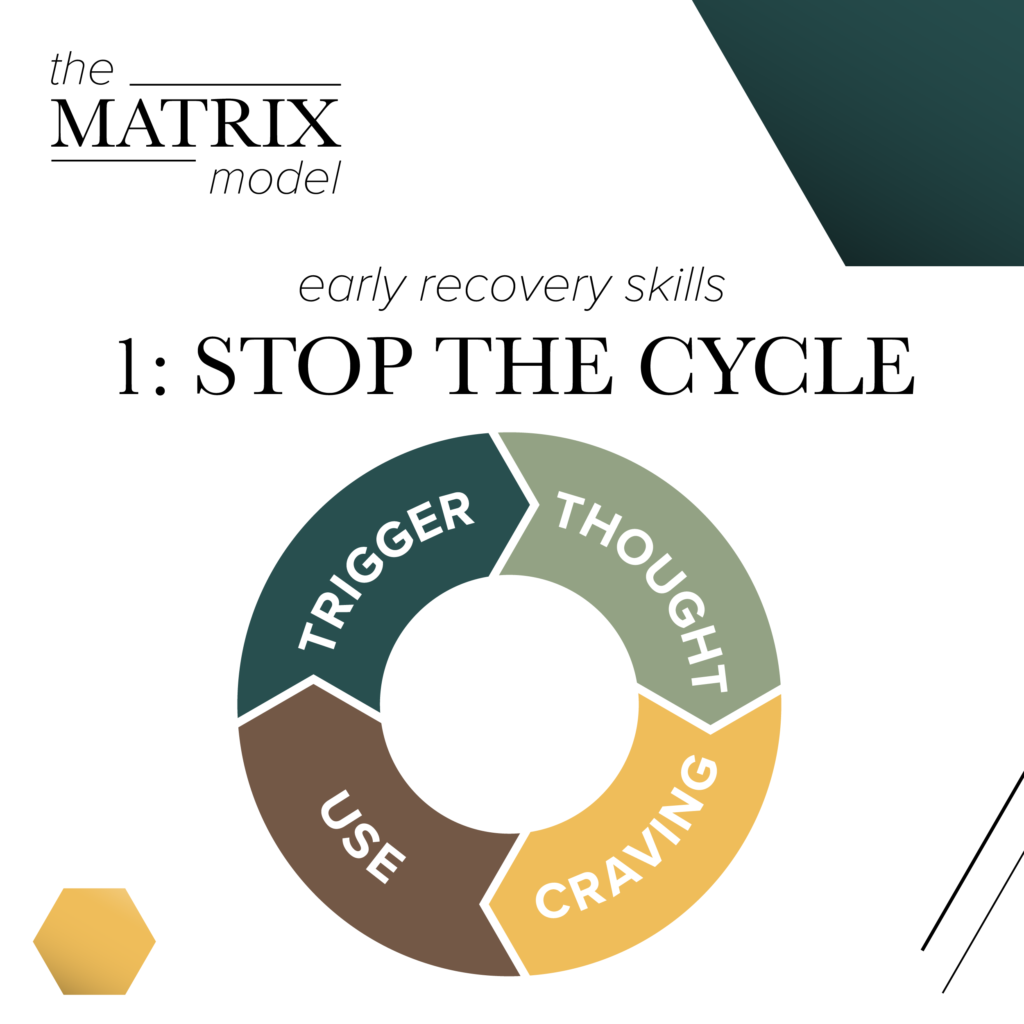
1. Stop the Cycle
The best way to stop the craving process is to:
- Identify triggers (people, places, objects, feelings and times that cause cravings)
- Prevent exposure to triggers
- Cope with triggers differently than in the past
Thoughts about using start an argument inside your head – your rational self versus your substance-dependent self. Often the thought of using passes through your head with little or no effect. But it’s important to identify these thoughts and try to eliminate them.
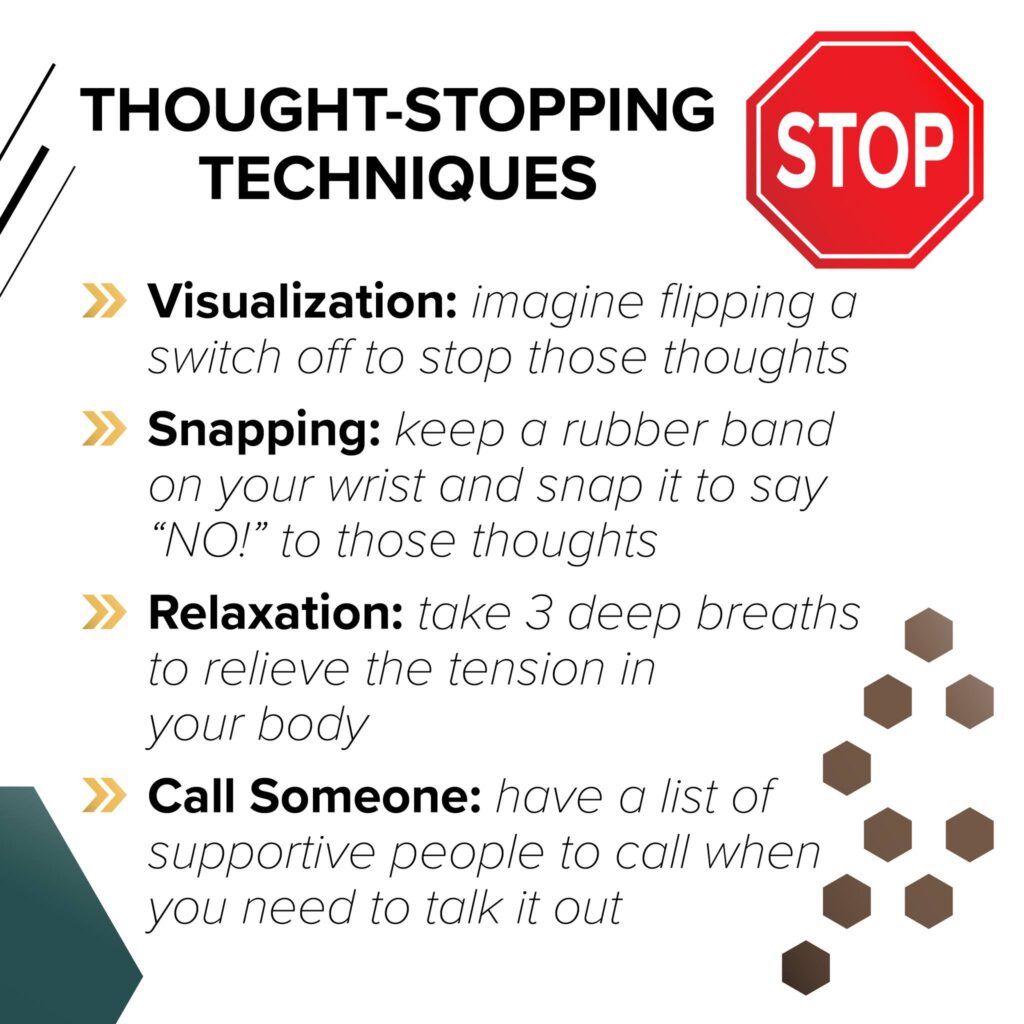
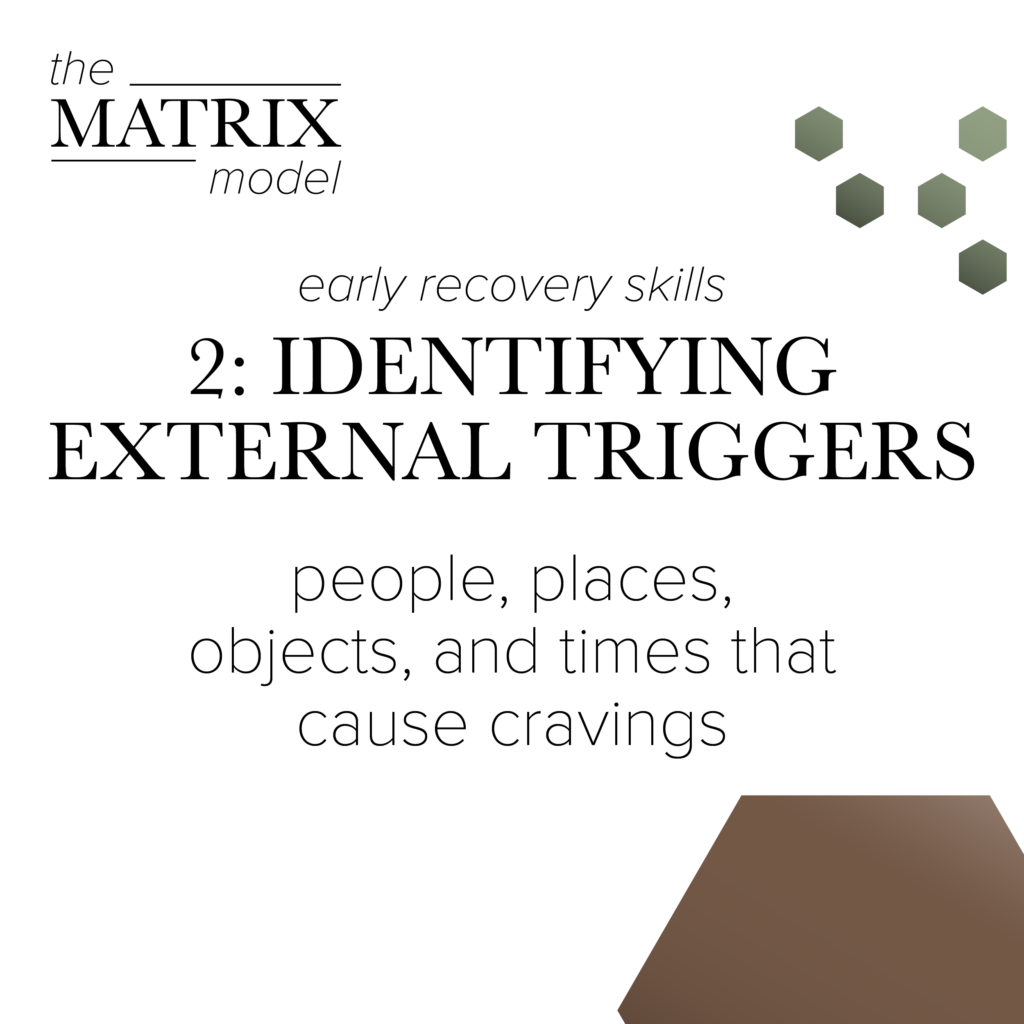
2. Identifying External Triggers
These are the people, places, objects and times that cause cravings. Consider using these charts to identify some of your triggers and categorize them as situations that are safe, low risk, high risk and those that should be avoided entirely.
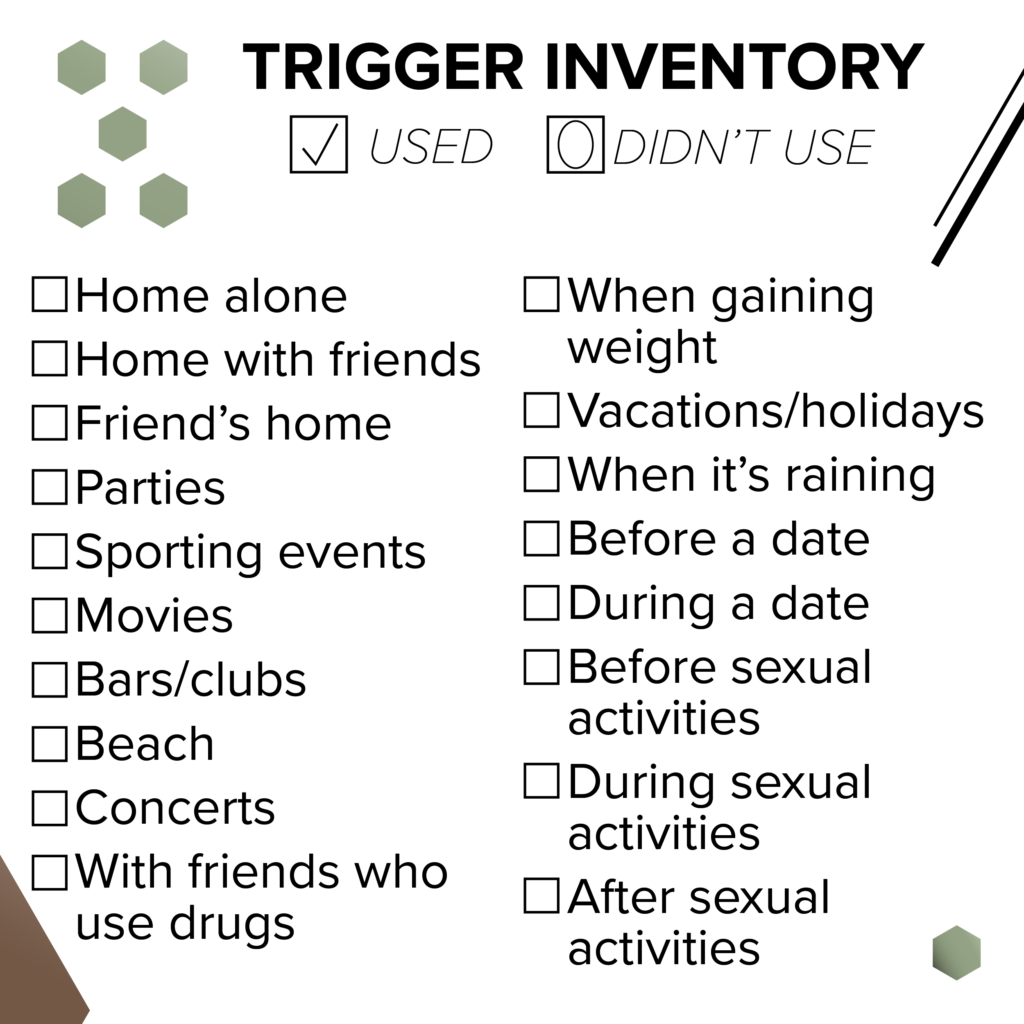
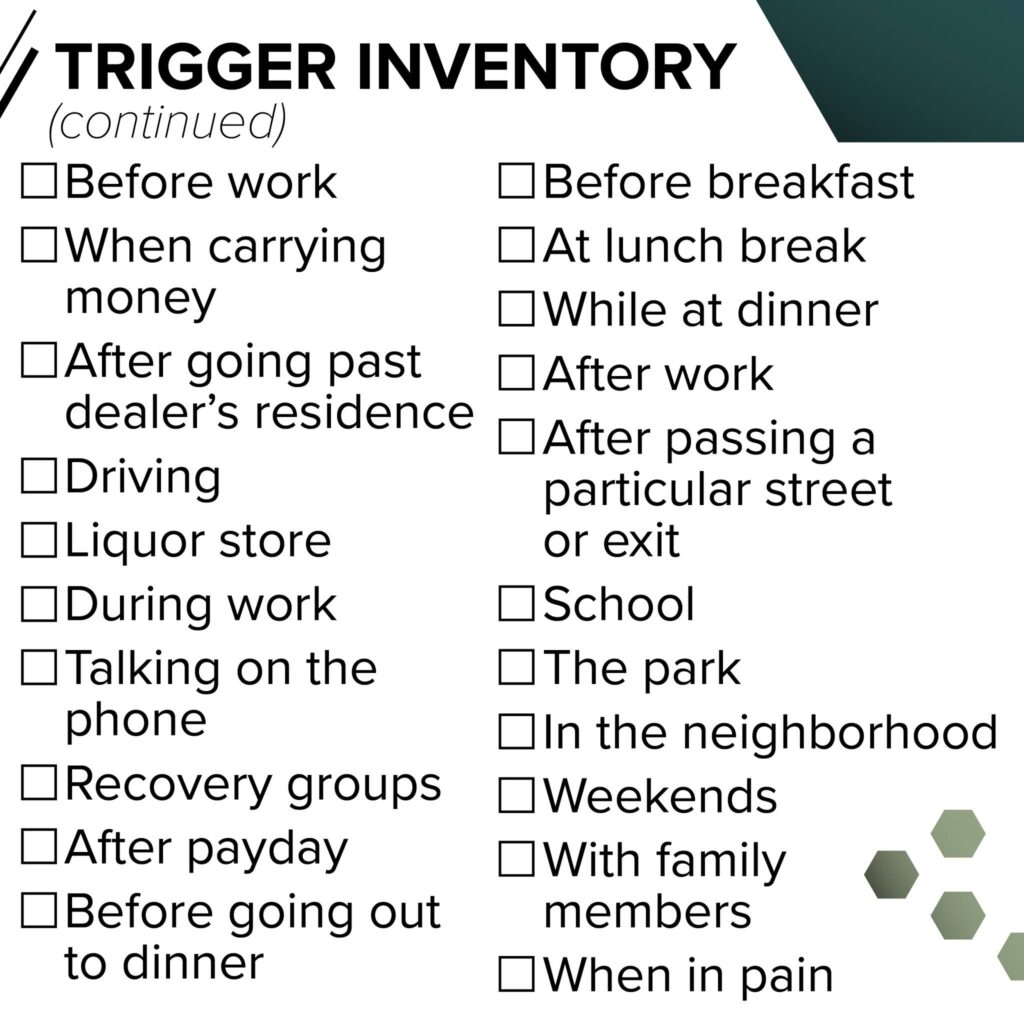
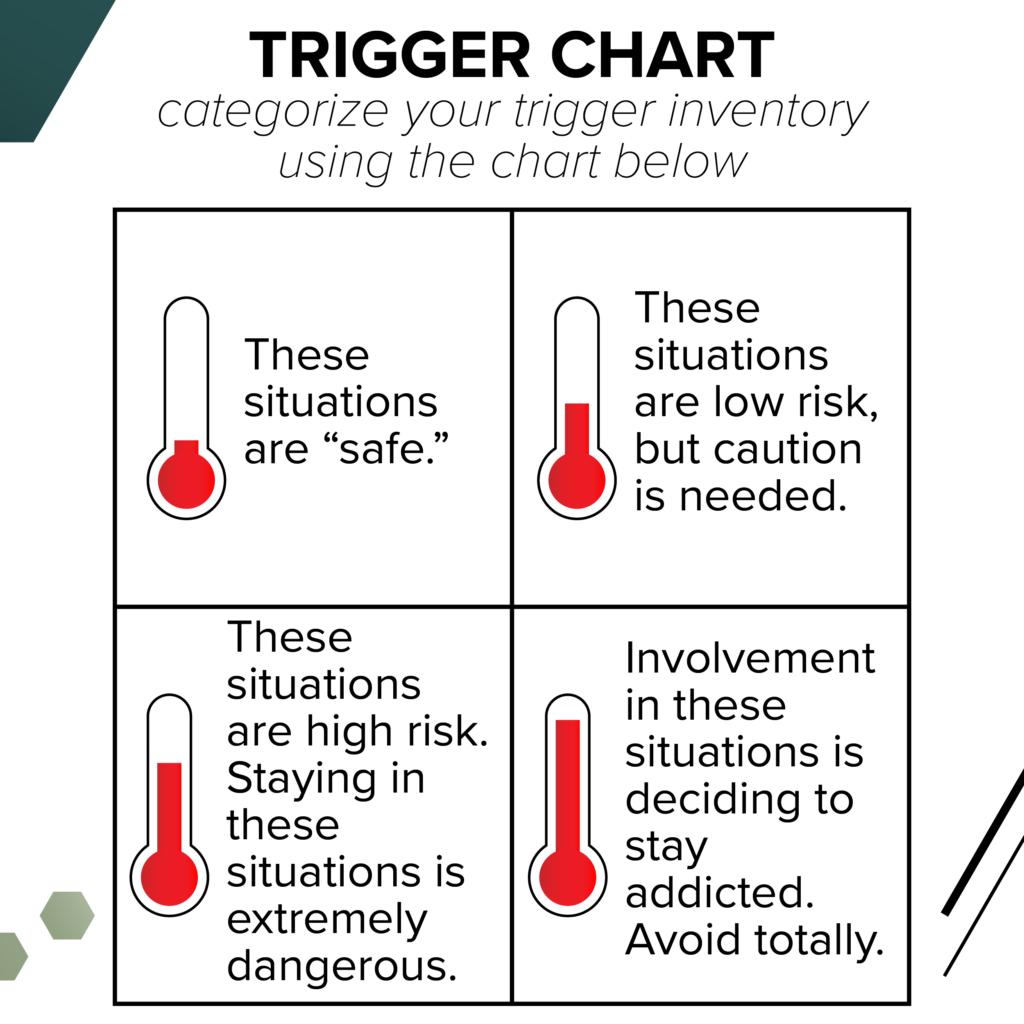

3. Identifying Internal Triggers
These are feelings or emotions that cause the brain to think about using substances.
Although you may feel that your situations, thoughts, and emotions are not under your control, how you respond to those external and internal triggers is under your control. This chart can help you to identify some of your internal triggers.
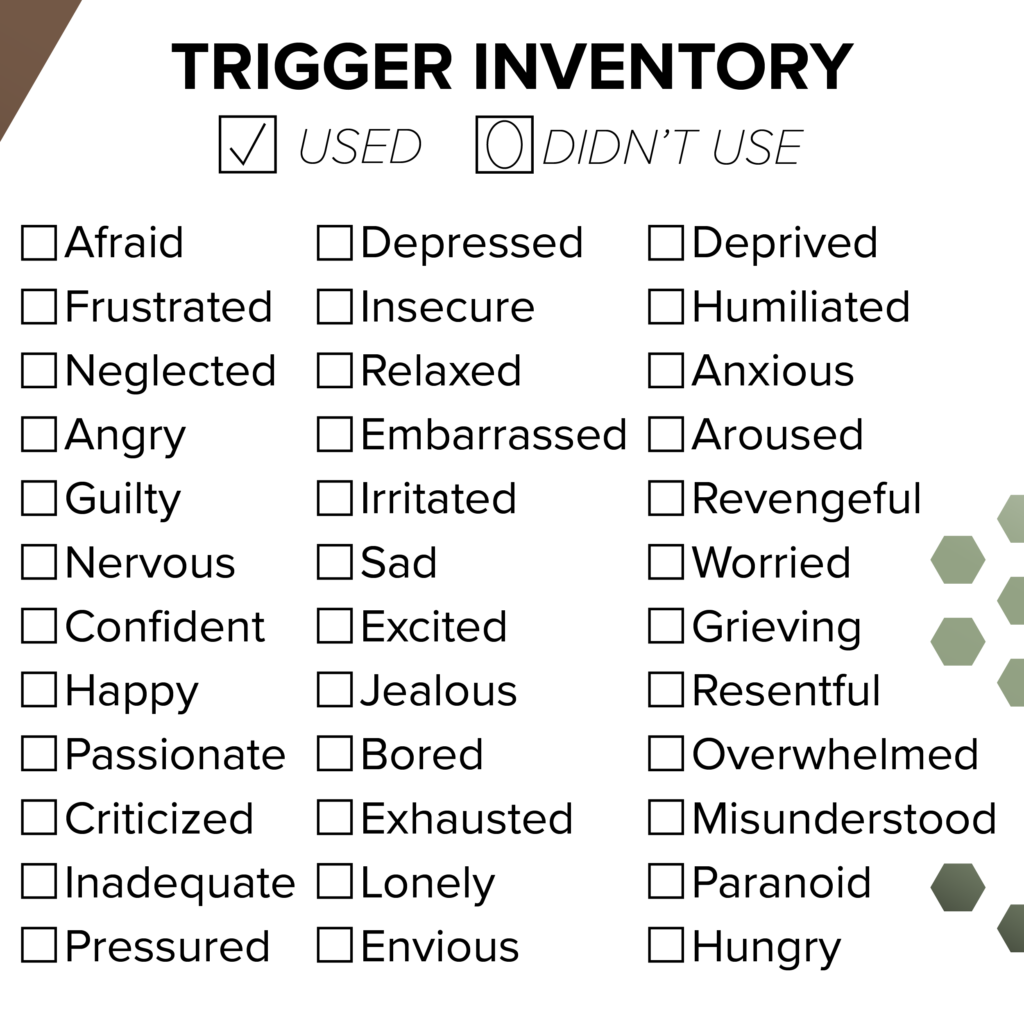

4. Mutual Help Activities
Group participation surrounds you with supportive people who are going through the same struggles. Groups reinforce the message that recovery is not an individual process. There are alternatives to 12-Step groups, many of which are not based on the concept of a higher power. Although the philosophies of these groups differ, most offer a mutual—help approach that focuses on personal responsibility, personal empowerment, and strength through an abstinent social network.


5. Body Chemistry in Recovery
The brain goes through a biological readjustment or “healing” of the chemical changes that were produced by substance use. These are the stages you may experience as your body adjusts to recovery.

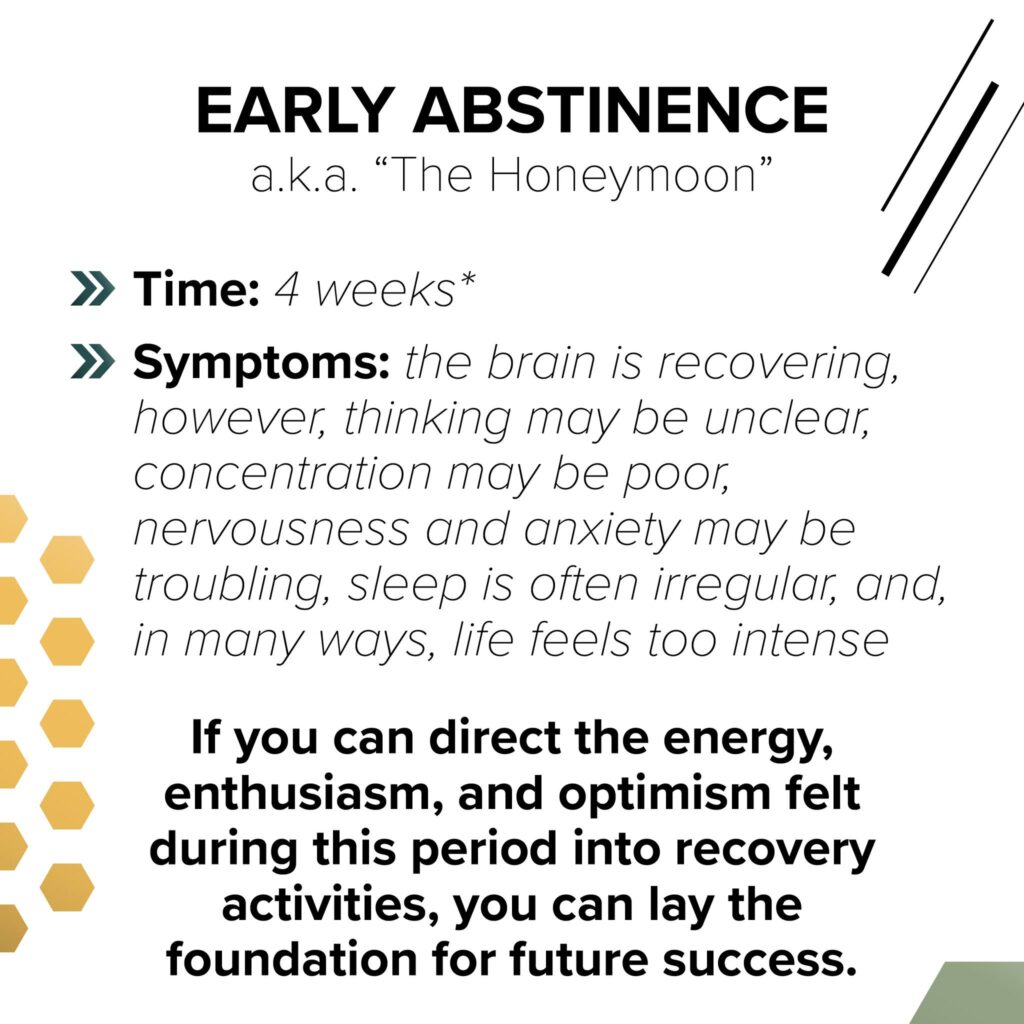
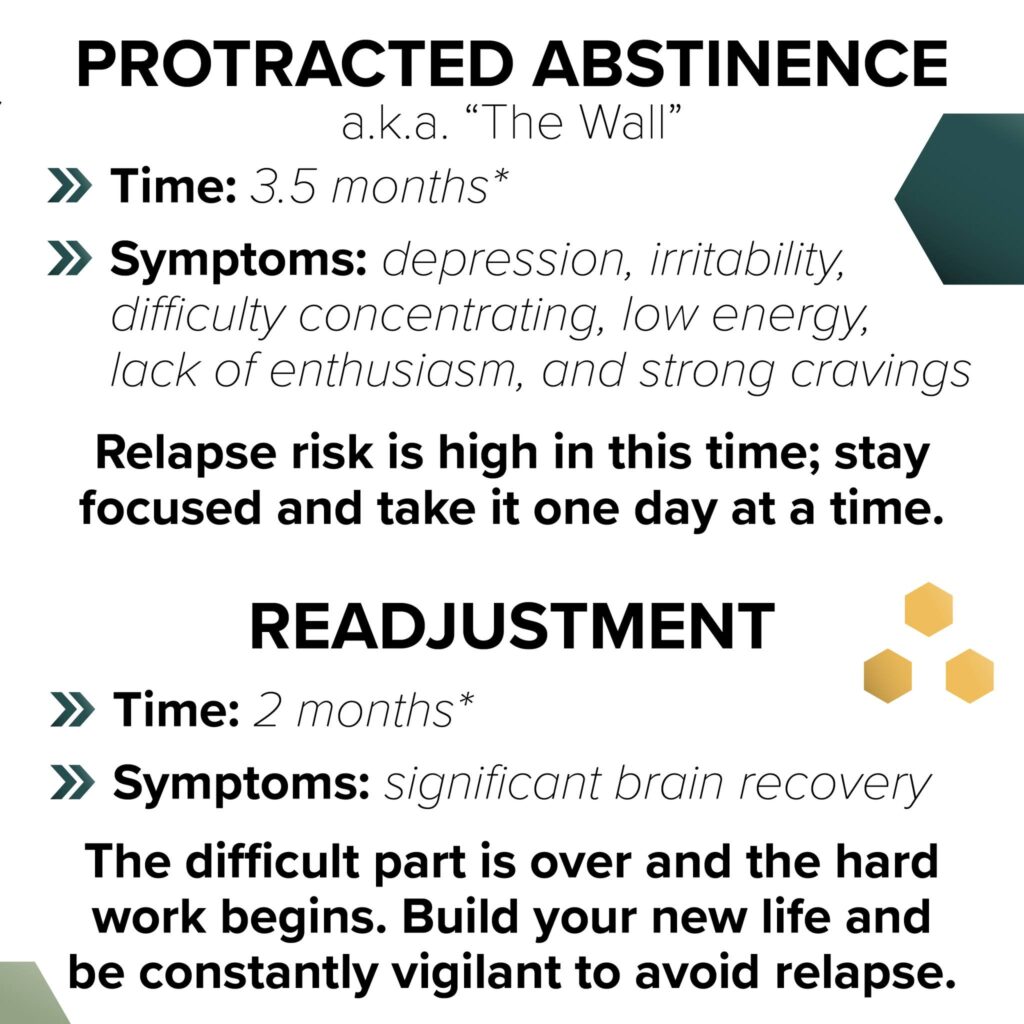
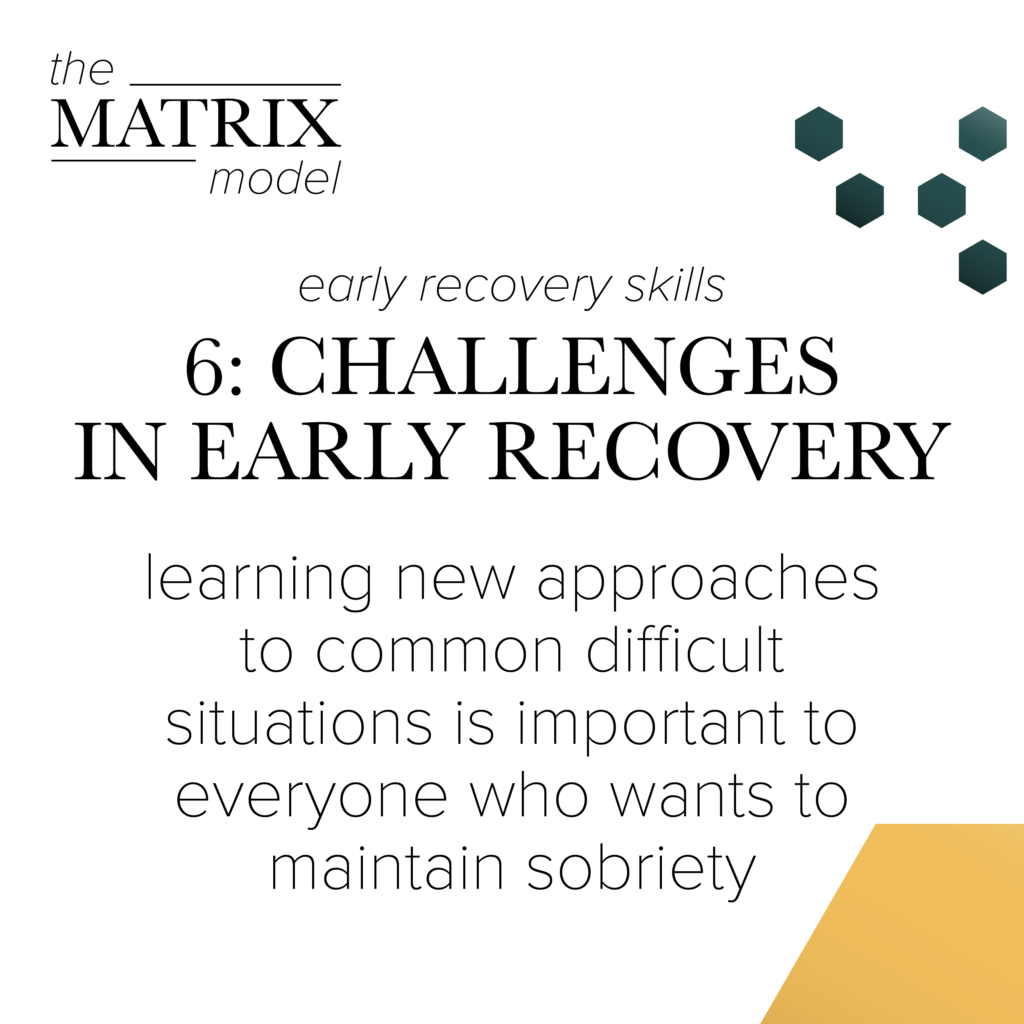
6. Challenges in Early Recovery
Learning new approaches to common difficult situations is important to everyone who wants to maintain sobriety. Try using these suggested approaches to these typical challenges.
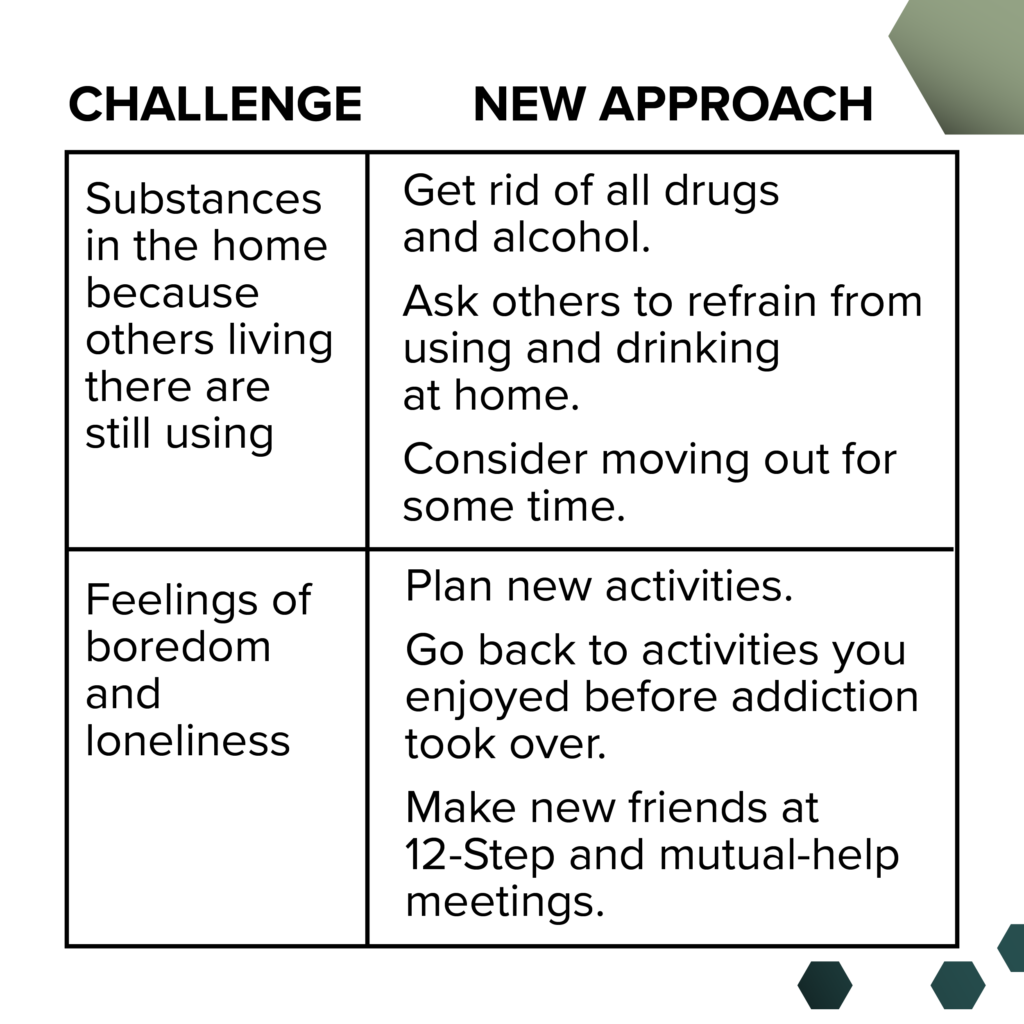
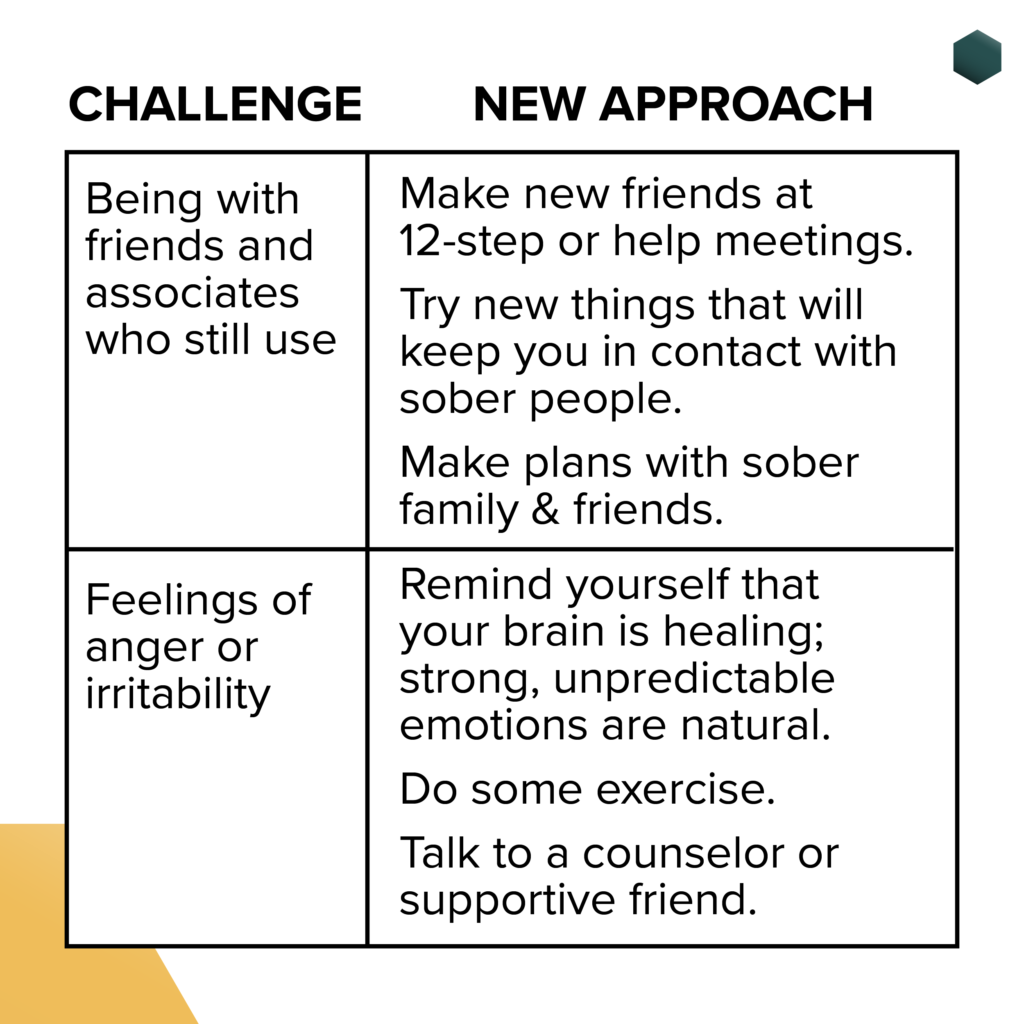
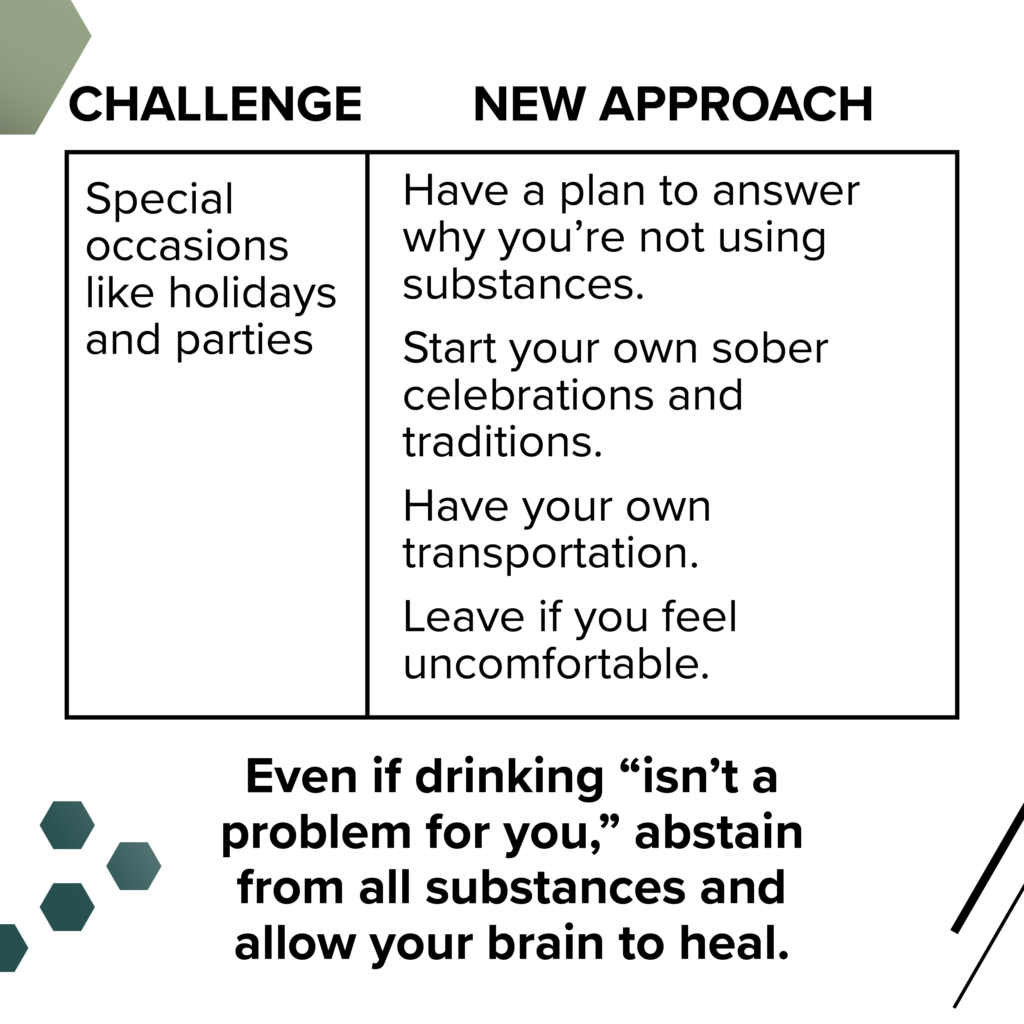
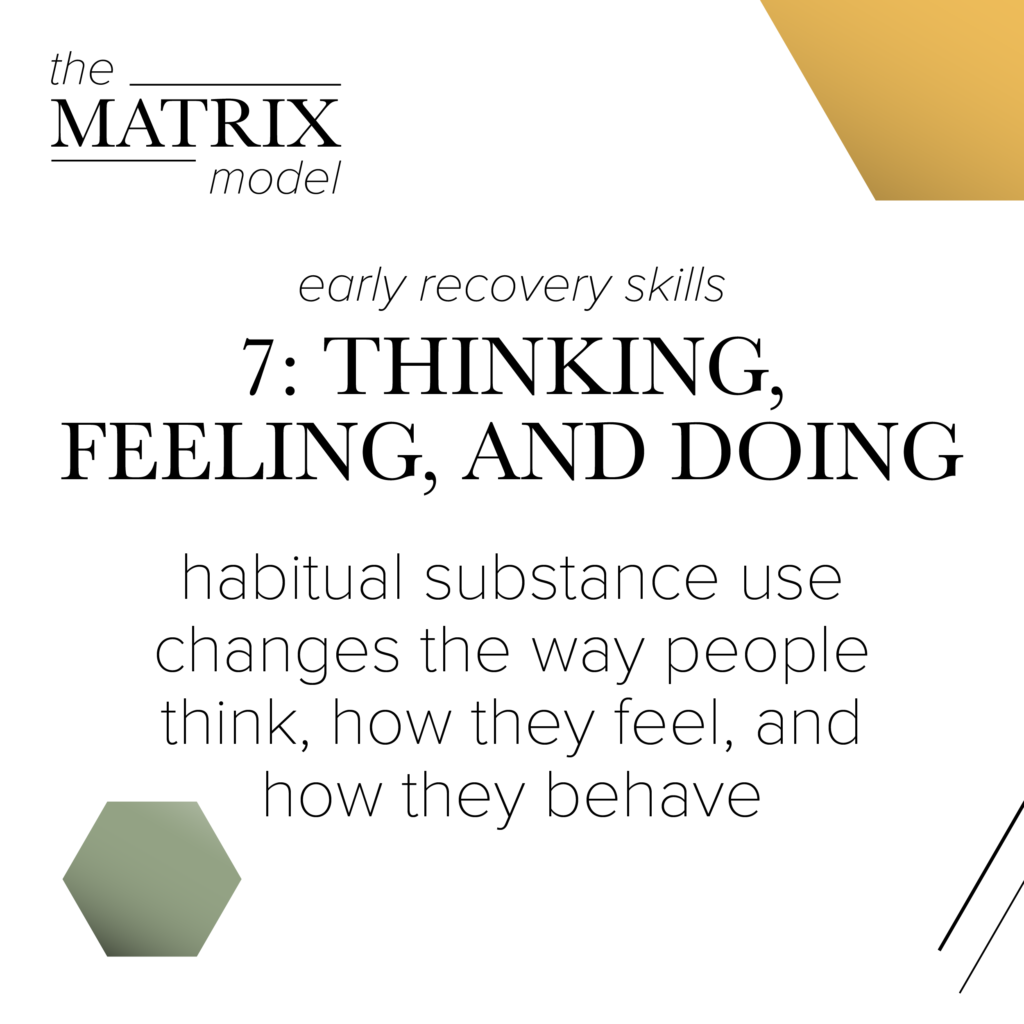
7. Thinking, Feeling, and Doing
Habitual substance use changes the way people think, how they feel and how they behave. The goal in recovery is to learn to combine your thinking and feeling self and behave in ways that are best for you and your life.
People do desperate things to continue to appear normal when life feels out of their control. These desperate behaviors are called addictive behaviors – behaviors related to substance use. Sometimes these addictive behaviors occur only when people are using or moving toward using. Recognize when you begin to engage in these behaviors. That’s when you know to start fighting extra hard to move away from relapse.
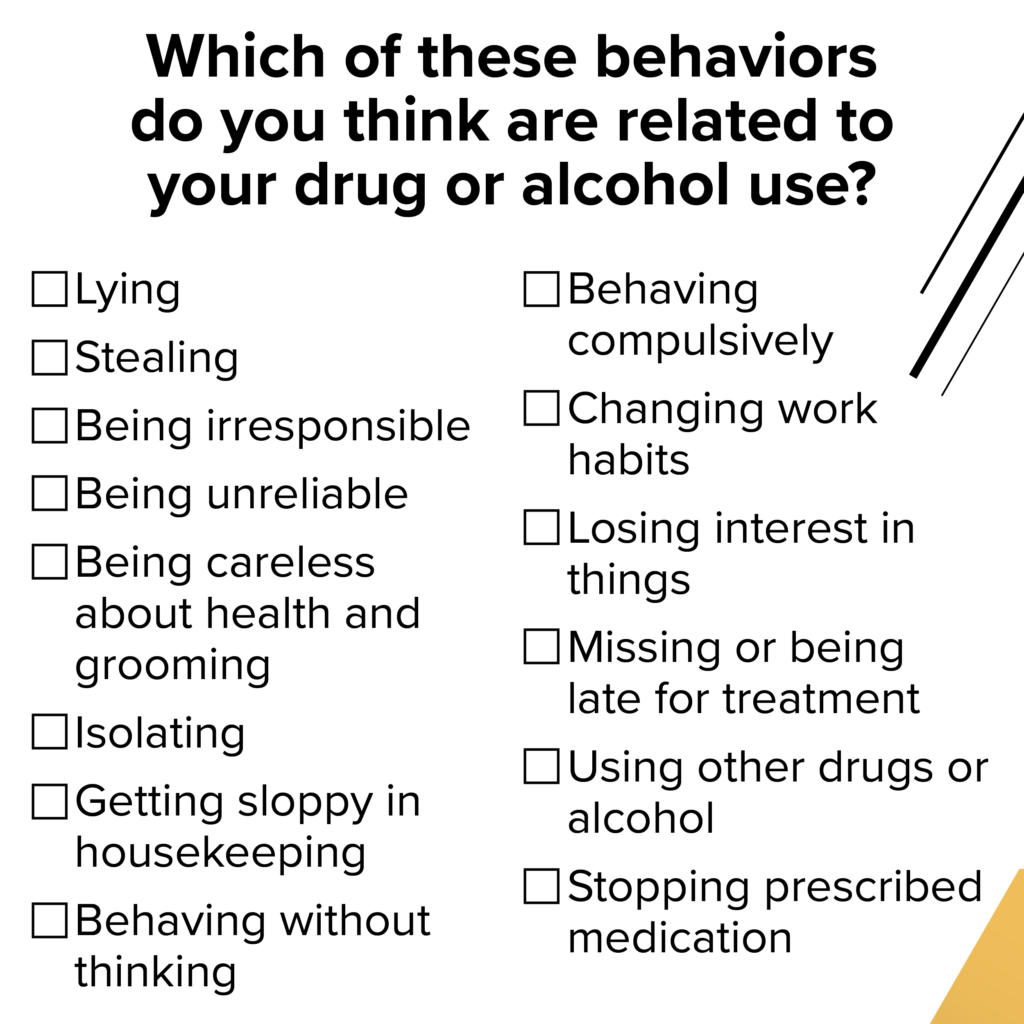
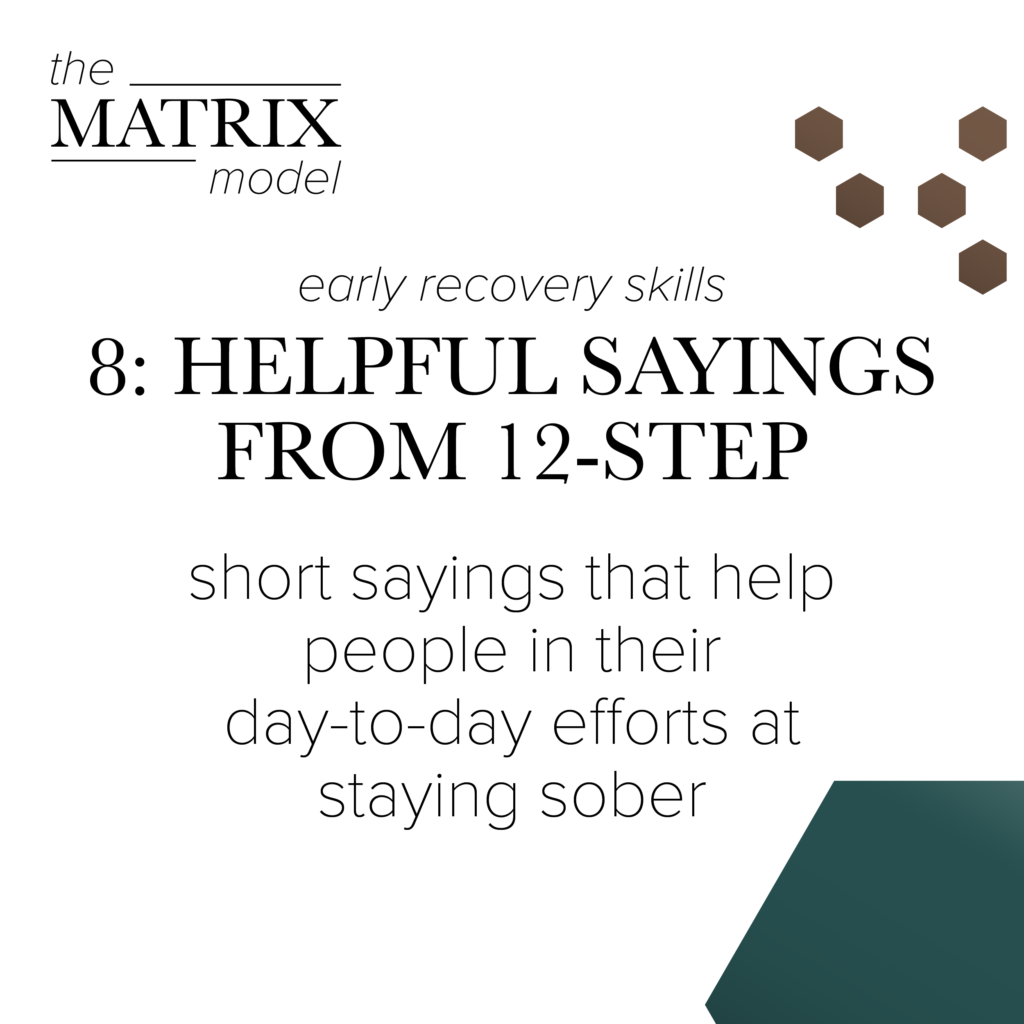
8. Helpful Sayings from 12-Step
Short sayings that help people in their day-to-day efforts at staying sober.
- One day at a time – this is a key concept in staying abstinent. Don’t obsess about staying abstinent forever. Just focus on today.
- Turn it over – sometimes people with addictions jeopardize their recovery by tackling problems that cannot be solved. Finding a way to let go of issues so that you can focus on staying abstinent is a very important skill.
- Keep it Simple – Learning to stay abstinent can get complicated and seem overwhelming if you let it. In fact, there are some simple concepts involved. Don’t make this process difficult: keep it simple.
- Take what you need and leave the rest – Not everyone benefits from every part of 12-step meetings. It is not a perfect program. However, if you focus on the parts you find useful, rather than the ones that bother you, the program has something for you.
